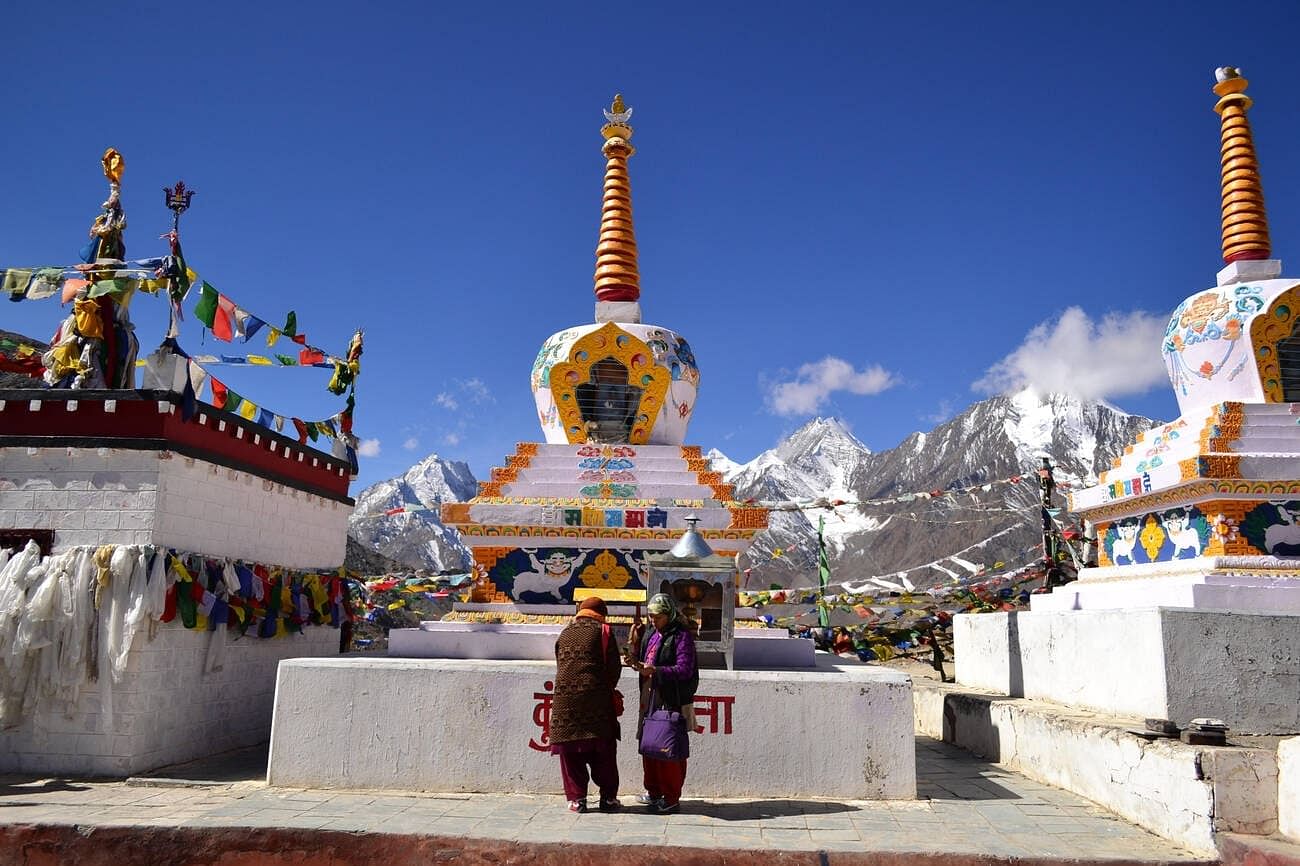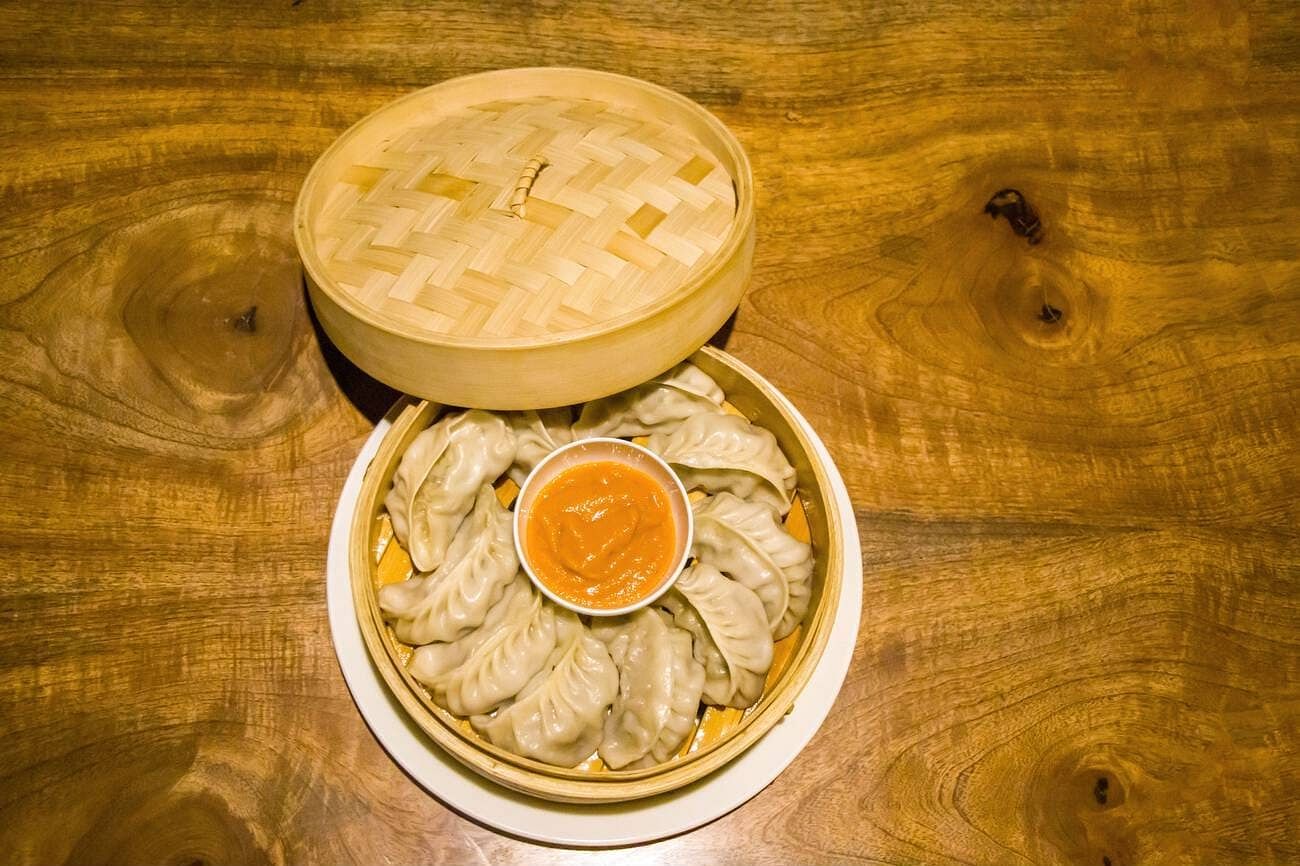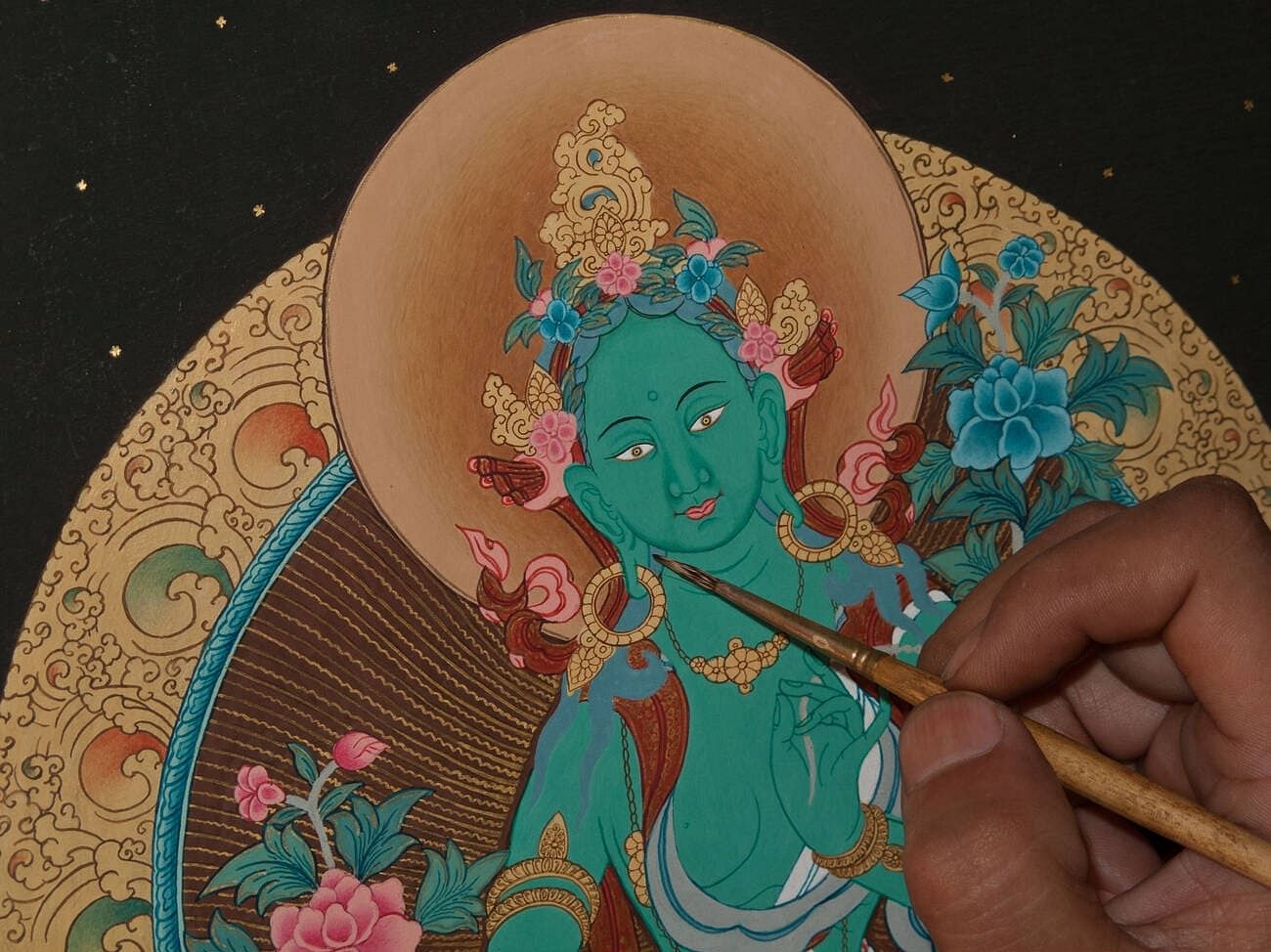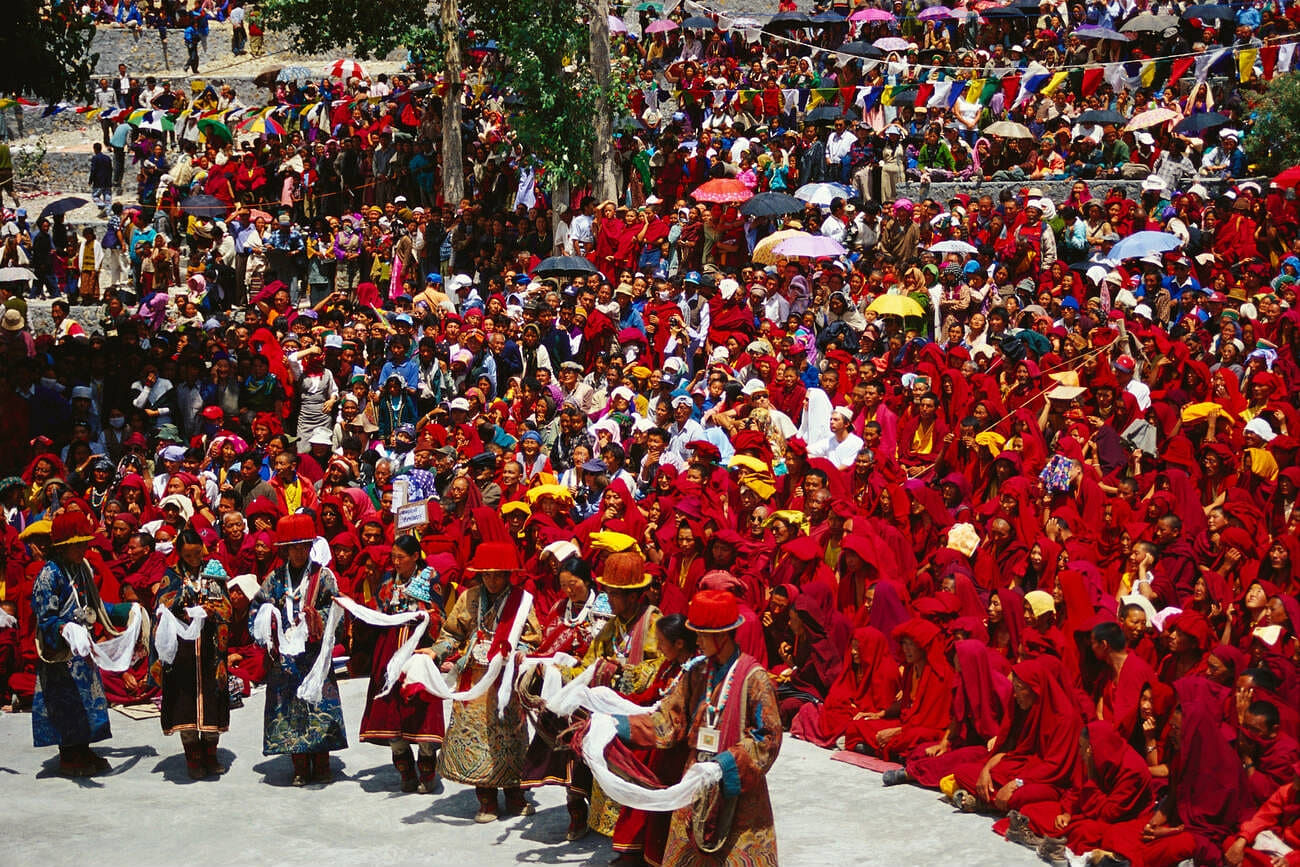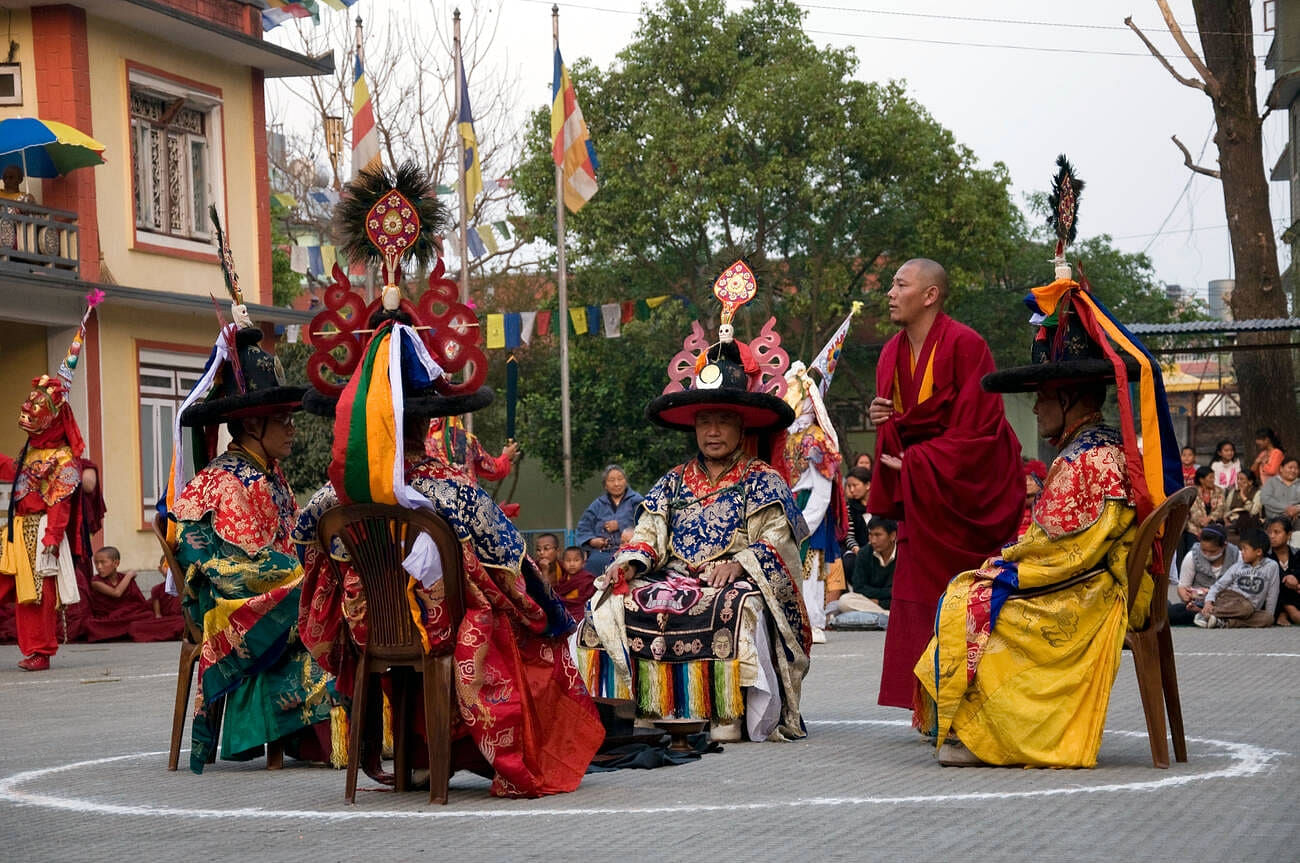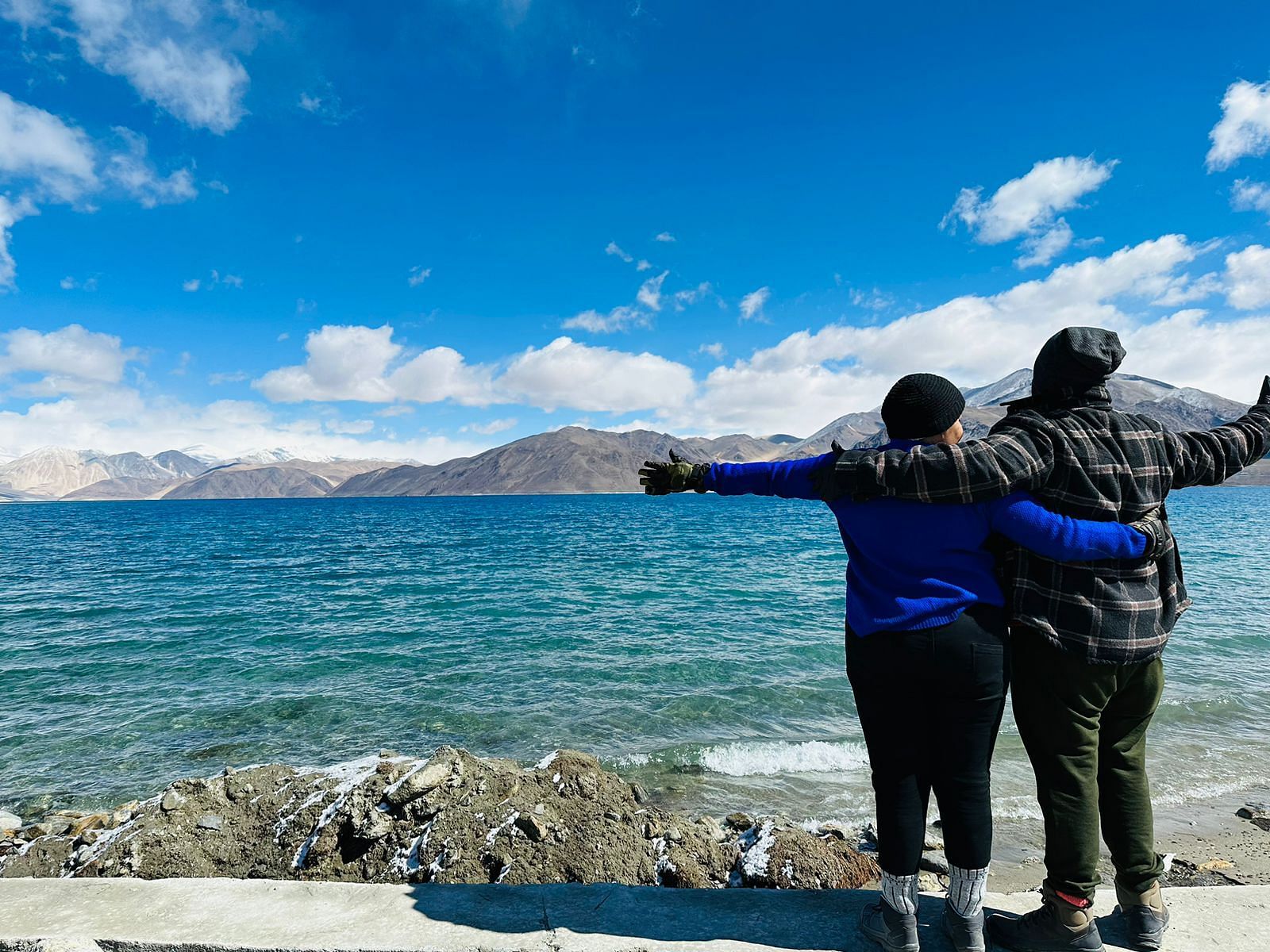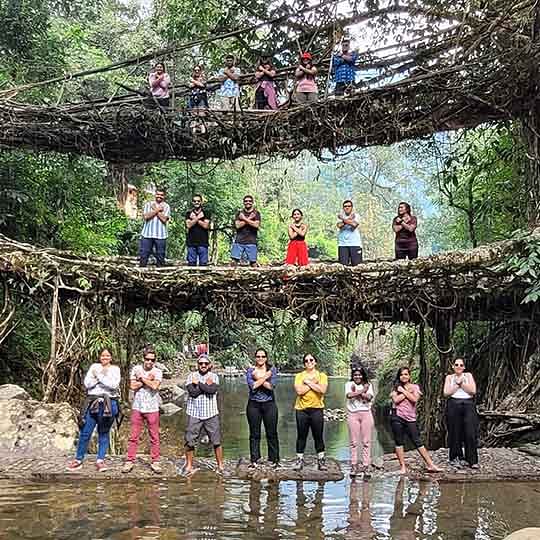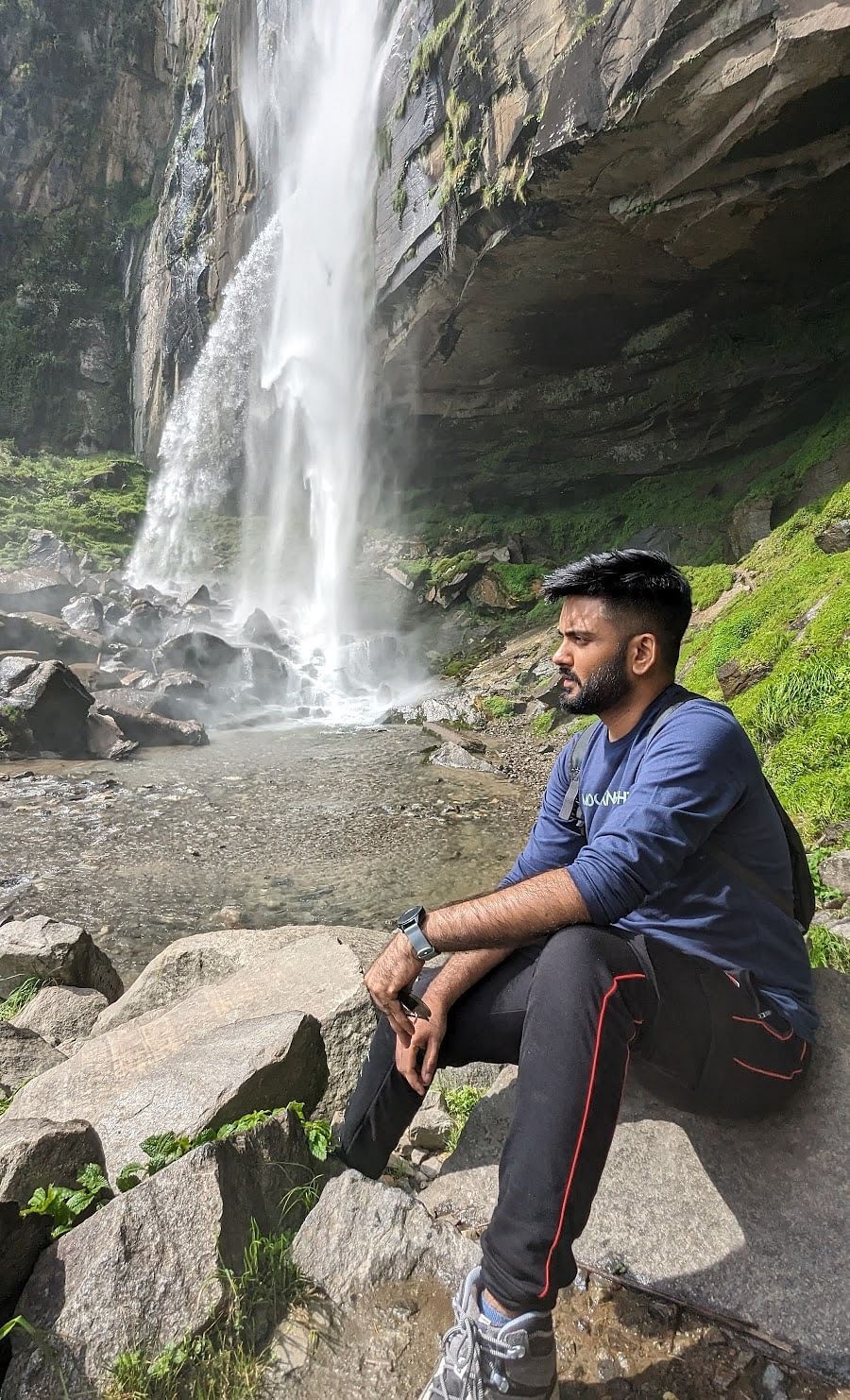Known as the middle land, Spiti Valley is nestled between Tibet and India and hence the culture in Spiti Valley is an amalgamation of Hinduism and Tibetan Buddhism. The lives of the people residing in Spiti Valley are highly influenced by the teachings of Guru Padmasambhava, who is believed to have introduced Hindu Buddhism around this whole region and is also known as the second Buddha.He is revered as a Guru in most monasteries present in the Lahaul and Spiti Valley, and the entire valley’s roots are intertwined with Tibetan Buddhism, due to its location next to Tibet. It is also the gateway to Tibet.
Spiti belonged to the ancient kingdom of Zhang Zhung. With the Tibetan’s entry into the valley, Buddhism flourished but the Zhang Zhung culture with its Tribal rituals and shamanic practices continued to survive in different forms, assimilating itself with the cultures of Hinduism and Buddhism over the centuries.
Its strategic location, along the ancient trade routes, has led to an amalgamation of diverse cultures, hence evolving into a legacy of historical monuments, monasteries and ancient artifacts based completely on Tibetan Buddhism. Spiti is home to indigenous communities who have preserved their age-old customs and traditions with great reverence. From intricate rituals to colourful festivals, every aspect of daily life reflects a deep-seated connection to the land and its cultural heritage.
Suggested Read: Monasteries in Lahaul Spiti
The local people in Spiti Valley have a strong belief system which draws a lot of inspiration and superstitions that are both taken from the Mahabharata as well as Mahayana Buddhism. Hindu and Buddhist gods have been assimilated together here and live in harmony. The rich cultural heritage of Spiti Valley is more like a melting point where many philosophies meet, interact, and exist in harmony.
A big example of such assimilation of both Hindu and Buddhist culture are the Trilokinath Temple and Rewalsar Lake in Mandi district in Lahaul Valley in Himachal Pradesh. Both these places of religious significance are revered by both Buddhists and Hindus alike which stands as a testament to the unique and diverse culture in Spiti Valley.
Food and Culture in Spiti Valley
From Tibetan momos to flavorful thukpa and aromatic butter tea, food in Spiti Valley is a mirror to the simple lives of these indigenous people who live in one of the most harsh region where it is cut off for most of the year. The local people living here are simple and hard working and the same can be seen in all aspects of their lives. Be it their food, way of living, and clothing. Spiti’s culinary delights are as diverse as its culture, with a tantalizing array of dishes made with whatever little they farm and cultivate. Although people in Spiti Valley practice Buddhism, they are non-vegetarians because of the lack of diverse vegetation being produced here and hence potatoes, peas, barley, meat, and butter tea is their staple diet.
Suggested Read: Local Food in Spiti Valley
Art and culture of Spiti Valley
Art in Spiti Valley primarily is expressed through traditional forms such as thangka paintings, wood carvings, and mural art which are often showcased in the valley’s monasteries and temples. Thangka paintings, intricate scrolls depicting scenarios from the lives of Buddha, Buddhist deities and motifs, are not only objects of religious significance but also artistic masterpieces created by talented local artists expressing their reverence towards religion and religious shrines that reflect the valley’s spiritual and cultural essence.Music and dance also play a vital role in Spiti’s cultural fabric. Any Spiti festival just like Hindu festivals is accompanied by traditional folk songs and dance forms reflecting the region’s lifestyle and festive celebrations.
During local festivals like Losar and Ladarcha Fair, locals gather to perform masked dances, known as Cham dances, accompanied by traditional musical instruments such as drums, cymbals, and trumpets. This signifies the assimilation of both Hindu traditions, Tibetan ways and their belief in maintaining harmony with nature and religion both hand in hand.
Harmony is a way of life in Spiti Valley. The local people try to maintain harmony in all aspects of their lives. Be it the way they live, how they treat their herds, their religious practices, etc exudes this simple nature in maintaining a balance amongst all. You will notice that all villages have the same structural type of white-washed rugged walls with red tops, even their monasteries have the same built of white-washed rugged walls and multiple chortans flanking their boundaries, this uniformity is hardly seen anywhere and reflects their deep-rooted cultural system.
Suggested Read: Gue Monastery
Festivals in Spiti Valley
Ladarcha Fair
In July, the Ladarcha fair is held as a celebration to welcome summer. Spiti Valley’s history is intertwined with this Ladarcha Fair. In the olden days, traders from the four regions of the Himalayas would gather and trade commodities with each other. They used to trade goods and services here.
Dechhang Festival
This festival is observed in Spiti Valley during the winter months of December – January. The festival is celebrated with a lot of excitement and joy which includes community bonfires, folk songs, and dance.
Losar Festival or Halda Festival
Losar festival is frequently also known as Halda in the Lahaul region. It marks the Tibetan New Year and is celebrated in February.
Losar is a very important festival and is celebrated with a lot of pomp and show in the Lahaul region. Almost all monasteries partake in the traditions and one can witness the traditional dance during this festival. Spread over three days, the ceremonies consist of Chaam dance, with dancers wearing intricate outfits and masks.
Tshechu Fair
Tshechu Fair is celebrated in June in Shashur, Gemur, Kyi, Kardang Tabo, and Mane Monasteries.
This festival serves the purpose of villagers bonding and reconnecting with neighboring villages after many months of winter hibernation and limited movement.
This fair indicates the end of winter and is one of the most awaited ceremonies as it signifies increasing prosperity in times to come.
Lamas (Artistes) partake in the Cham Dance, in colorful costumes and it involves performing cultural dances and wearing masks to invigorate the spirit for the flourishing times ahead.




